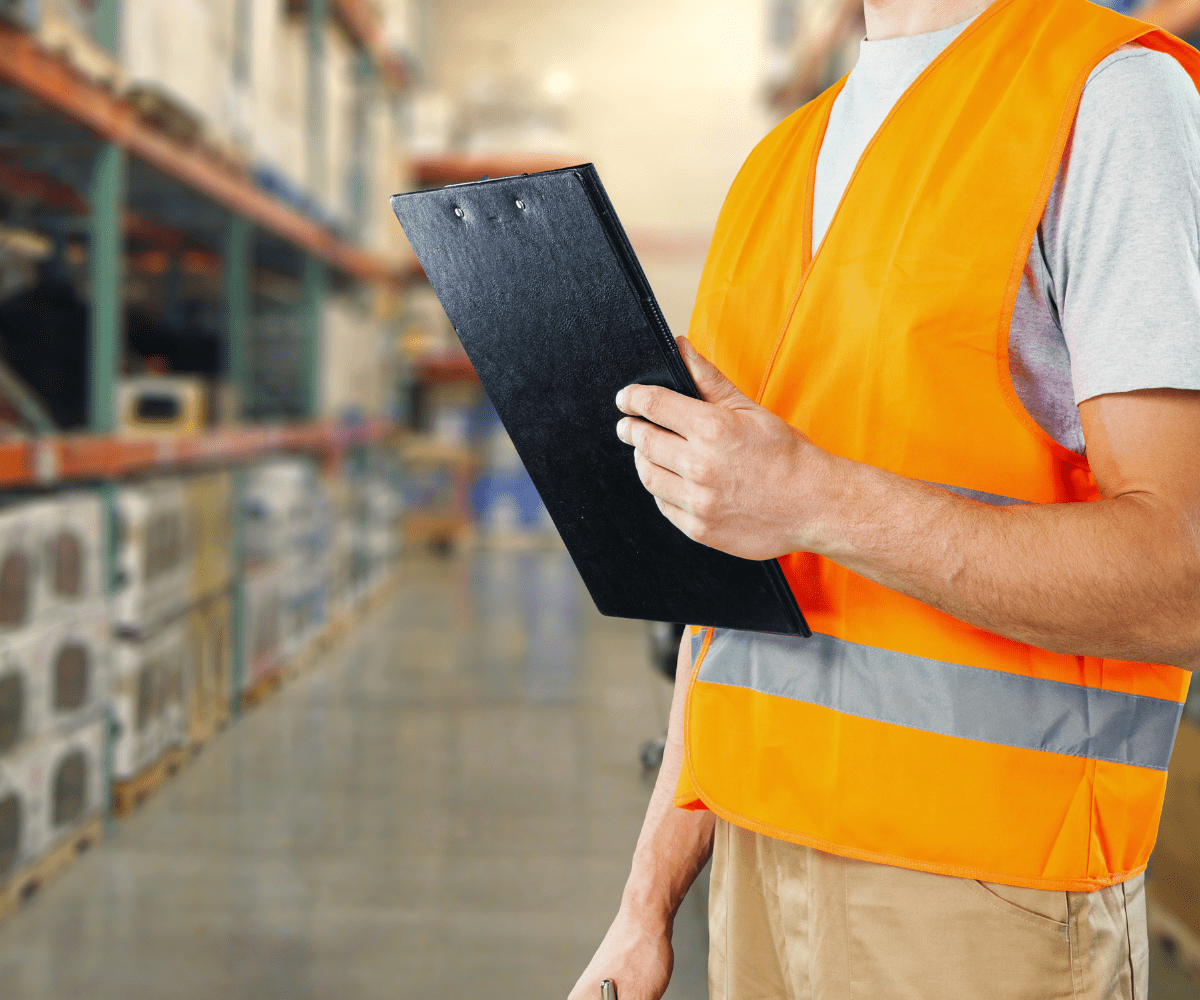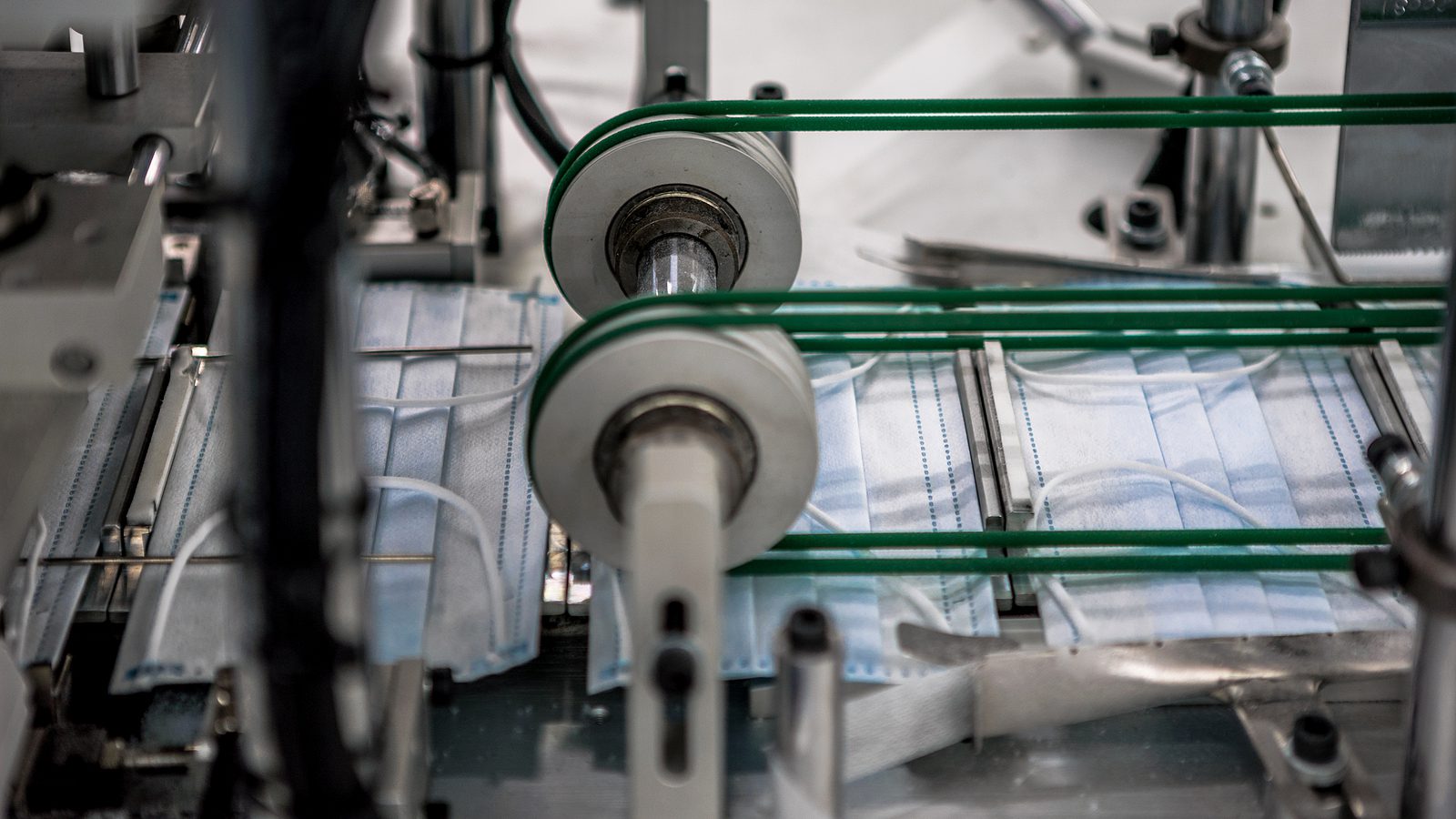By Laser 1 Technologies
Improving Employee Safety At Manufacturing Facilities
Workplace safety has always been critically important in the manufacturing industry. Historically we’ve been concerned with matters such as injuries and exposure to toxins. Today, in the COVID-19 era, our focus includes transmissible disease. Manufacturing facilities often face extra challenges in this arena, because they were built without social distancing and ventilation as priorities.
Many resources are available. Check out OSHA, the CDC, and your state or local labor bureau for their advice.
Here are a few tips to mitigate the impact of coronavirus on your workplace.
Communication
A solid communications strategy is a critical part of any emergency response plan. We’re talking about your coronavirus mitigation efforts, as well as other potential emergencies such as natural disasters or power outages.
Have procedures in place to distribute health and safety guidelines, and to share frequent updates about local COVID-19 conditions so your employees remain informed about health risks. These communications are an important tool for reinforcing essential practices.
Employees should have easy access to written emergency plans at all times, whether they are posted or distributed digitally. Remind them to review these resources regularly.
Enforce Social Distancing
Set up systems to help people keep at least six feet apart, and enforce compliant practices. Create lanes and traffic flows; limit occupancy in the break room or at lunch tables; set up a functional outdoor area for breaks.
Increase Remote Work
While it’s true that lots of manufacturing functions require people to show up and work in person, think critically about any ways to outsource responsibilities to home-based functions. For example, people can participate in meetings from home or write reports at home. Any office personnel may be able to perform much of their work from home.
Identify High-Risk Employees
Some demographics are at greater risk of COVID-19. Identify those employees and make extra efforts to protect them by keeping them at home, isolating them or altering their schedules or responsibilities to minimize their interaction with other employees.
Identify Vital Personnel
Which employees do you really depend on? Identify the people who are truly critical to your operation, and establish ways to protect them from exposure. Increase their physical isolation, shift their schedules, and figure out how they can work from home.
Stagger Schedules
By staggering start times and break times, you can limit the traffic on the factory floor, as well as in break rooms, parking lots and hallways. Breaking your employees into discrete, consistent sub-teams will help keep disease from spreading as well as making contact tracing easier.
Manufacturing has faced serious challenges with the pandemic. It’s our responsibility to enact and enforce tools and procedures to keep our staff safe and healthy in the workplace. While it’s a big investment in time and effort, it’s critical to quell the virus and return to normalcy.




